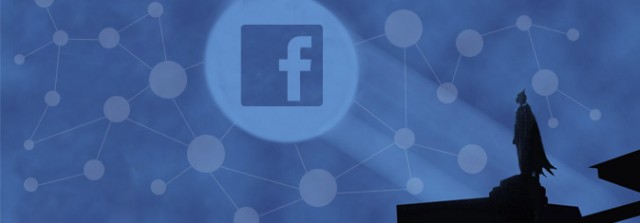The following guest post comes from the blog of GraphEffect. GraphEffect has delivered billions of impressions, millions of fans and unparalleled ROI for a variety of global brands on Facebook and Twitter, including: American Express, Disney, Walmart Bacardi and VISA. I an investor in GraphEffect via Rincon Venture Partners.
At the Ad:Tech conference in April, our very own CEO James Borow gave a pretty awesome speech about why social gets to win, emphasizing the new tracking phenomenon of viral attribution. But before we get ahead of ourselves, let’s start at the beginning.
Believe it or not, this all stems from Batman. Yes, Batman! James’ speech carefully tracks the progress of social advertising or lack thereof through the six movies in the Batman franchise released during his lifetime. From the first time he saw the movies advertised (Batman Forever in ’95) to the upcoming end to Christopher Nolan’s trilogy (The Dark Knight Rises), social advertising has come a very long way. Until recently, all targeting and tracking aside, the story has ended with a purchase (published or not) or a Facebook share. Now, with viral attribution, we can see what comes AFTER that purchase/share. This is a powerful concept because it tracks word-of-mouth conversions and lets us see how the action affects a person’s network of friends, and their friends’ networks of friends, and so on.
So what does this mean? Why does social win the ROI battle?
- Now, you can target and optimize for paid and viral conversions
- Your customers carry your message for free by sharing with their friends, friends of friends, etc.
- You can measure real ROI, which is multi-generational as it goes viral
When a message is spread not only across your network but the networks of everyone who is influenced to act on the message, things get very big very fast. All of a sudden, something that seemed to only end in one purchase or share before can have an infinite number of stories that branch out as a result. These results can then be further tracked and optimized to gain ROI through the roof, tapping potential that advertisers in the past could probably only imagine.
James opened this speech with a quote from David Ogilvy: “Ninety-nine percent of advertising doesn’t sell much of anything.” While Ogilvy is a very smart man with great ideas, he probably didn’t have viral attribution in mind when he said this. What James added on to this quote by the end of his speech is that while 99% of advertising might notseem to sell much of anything, it definitely does if you can see how people influence their friends.
You can watch the whole video here.




